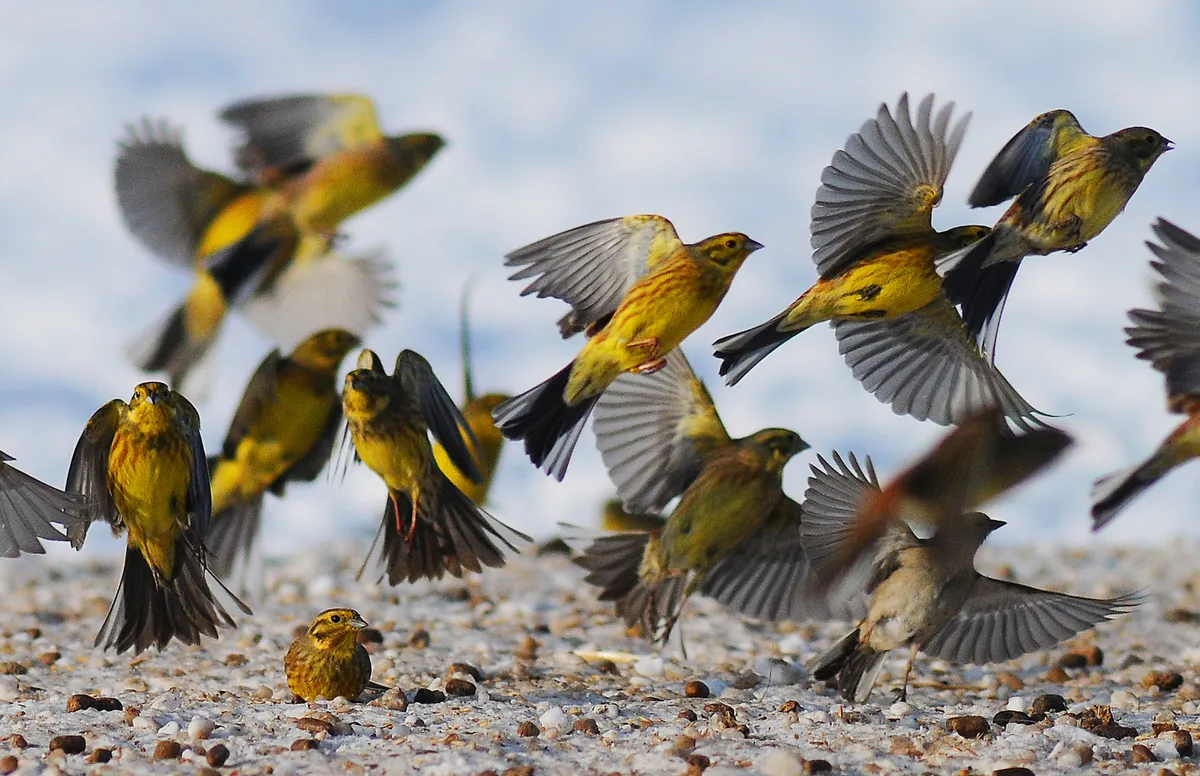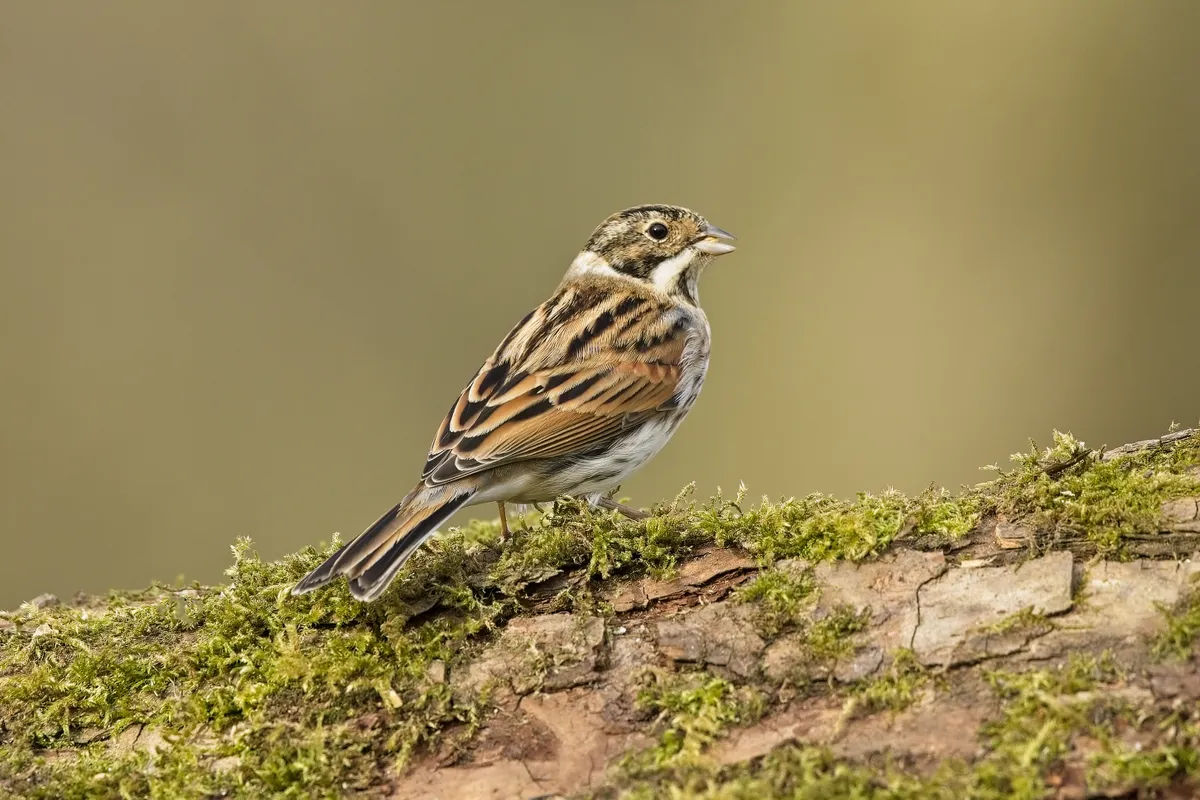The reed bunting (Emberiza schoeniclus) might be a small brown bird, but it’s a perky and fascinating species, too.
Don’t let the name define it, because alongside reedbeds and marshes, the reed bunting may also be met with on farmland, coastal grassland, heathland and small plantations. In the winter it might even come to feeders in gardens.
In this guide we take a closer look at the reed bunting, revealing what it looks like, its song, diet, and when and where to see it.
Interested in learning more about Britain’s songbirds? Check out our guides to tits, warblers and blackbirds.
Buntings guide
Buntings are a group of seed-eating birds that bear many of the same characteristics as finches. Learn all about these special songbirds, including six species to look out for in Britain, with your expert guide to buntings.

Reed bunting identification
Almost everybody seems to dismiss the reed bunting as sparrow-like, but it’s smarter and streakier, with an ever-twitching tail (you cannot miss this), which is white along the edges, much like the yellowhammer.
Male reed buntings from early spring to summer are extremely smart, with an ink-black head and throat (the amount varies among individuals) and an even smarter white collar.

The females are pretty tricky to identify, but look for the white “moustache” from the bill down the side of the throat, and they also have the twitchy tail.

Reed bunting call
One of the very coolest things about the reed bunting is that, believe it or not, you can tell a male’s marital status by its song, if you listen very carefully.
Of course, you need to know the song first – it is a series of short, somewhat hesitant phrases of no great quality, something like “tsick, twissle, tissick…”
Somebody has delightfully described as it “as a young child counting to three and then forgetting what comes next.” If you get that, then you might notice a slow and a quick version; the slow version, with gaps between phrases, is a paired male’s song. The quicker version, often with five phrases, is the unpaired version.
Scientists recently discovered that paired birds also have a dawn song, inciting unpaired females to come and join them for a liaison.
Reed bunting diet
In common with other buntings, reed buntings feed on the ground, almost exclusively on insects in the summer, and on small seeds in the winter.
Reed bunting populations
Reed buntings are common all year round with 255,000 pairs in the UK (Amber List of Conservation Concern).

